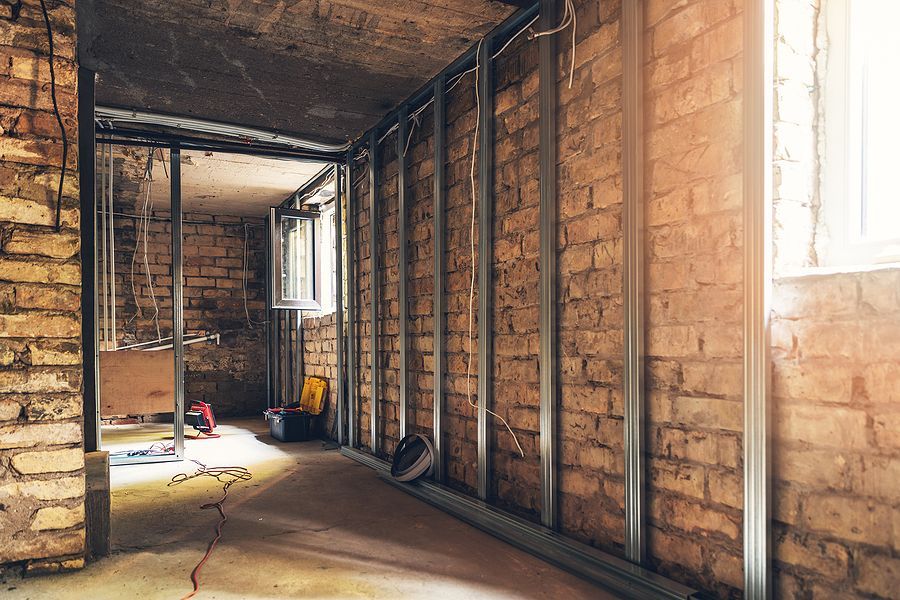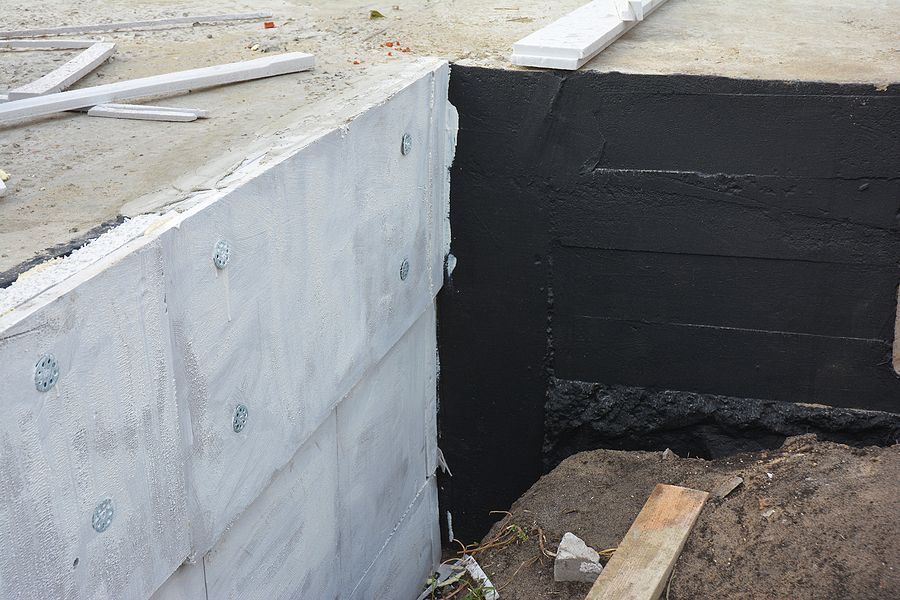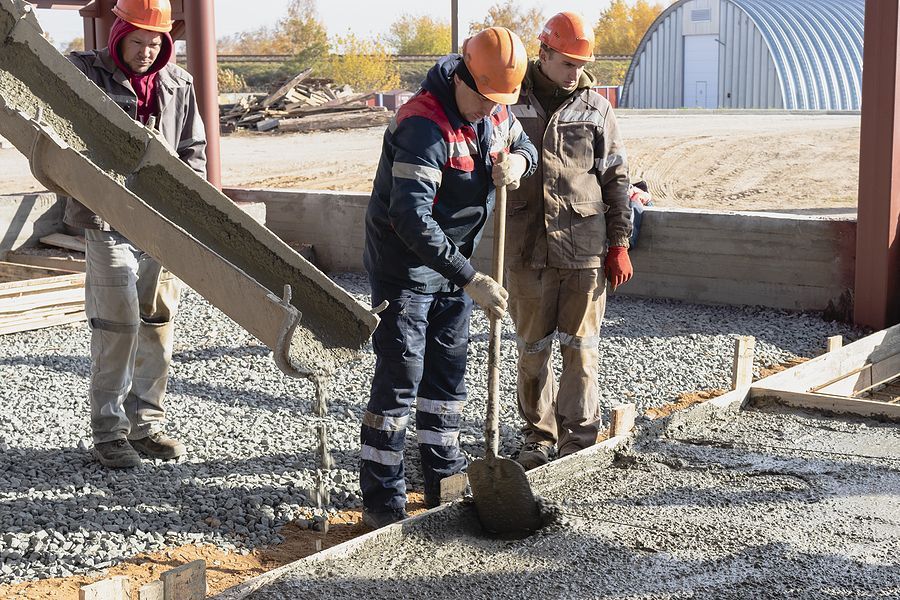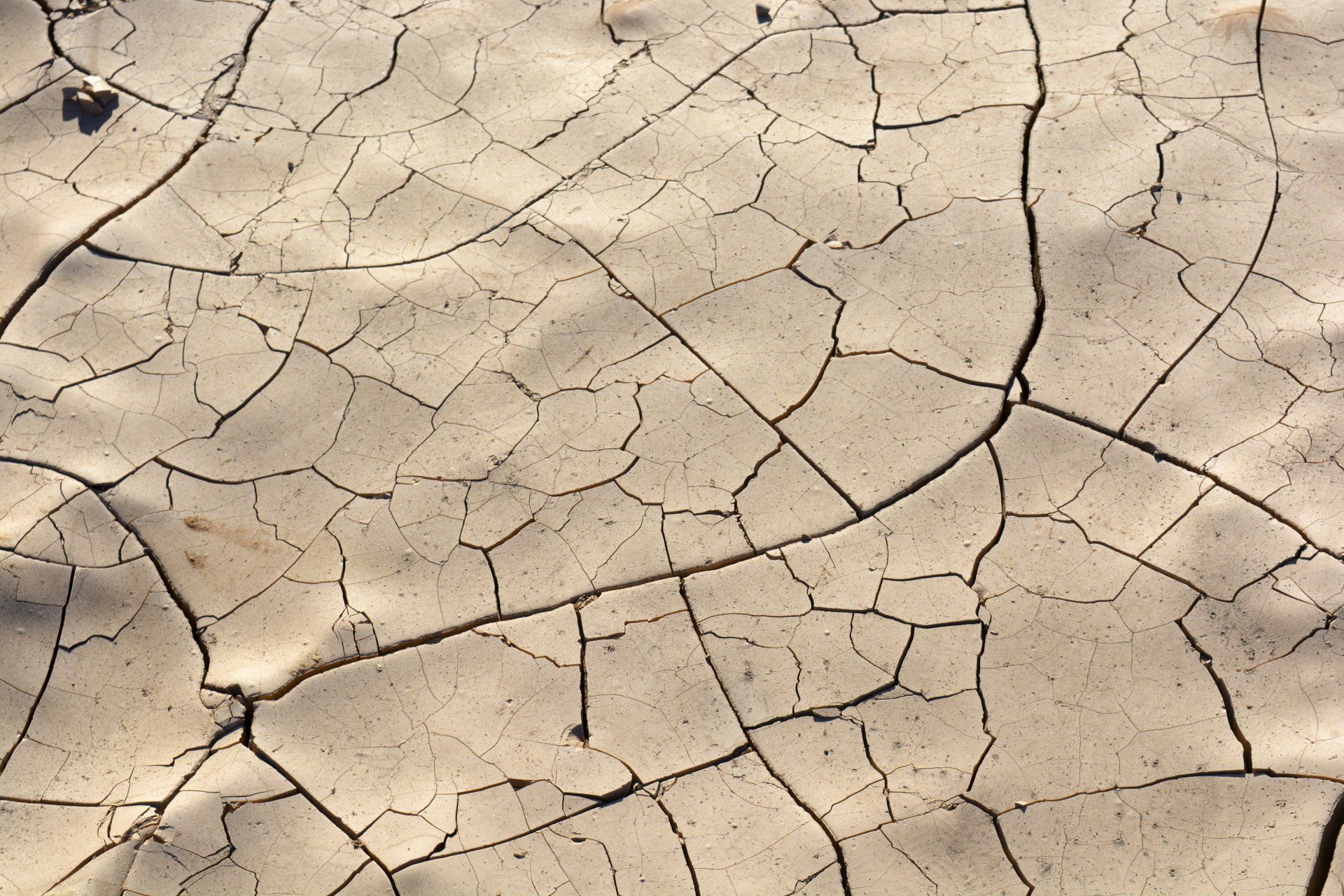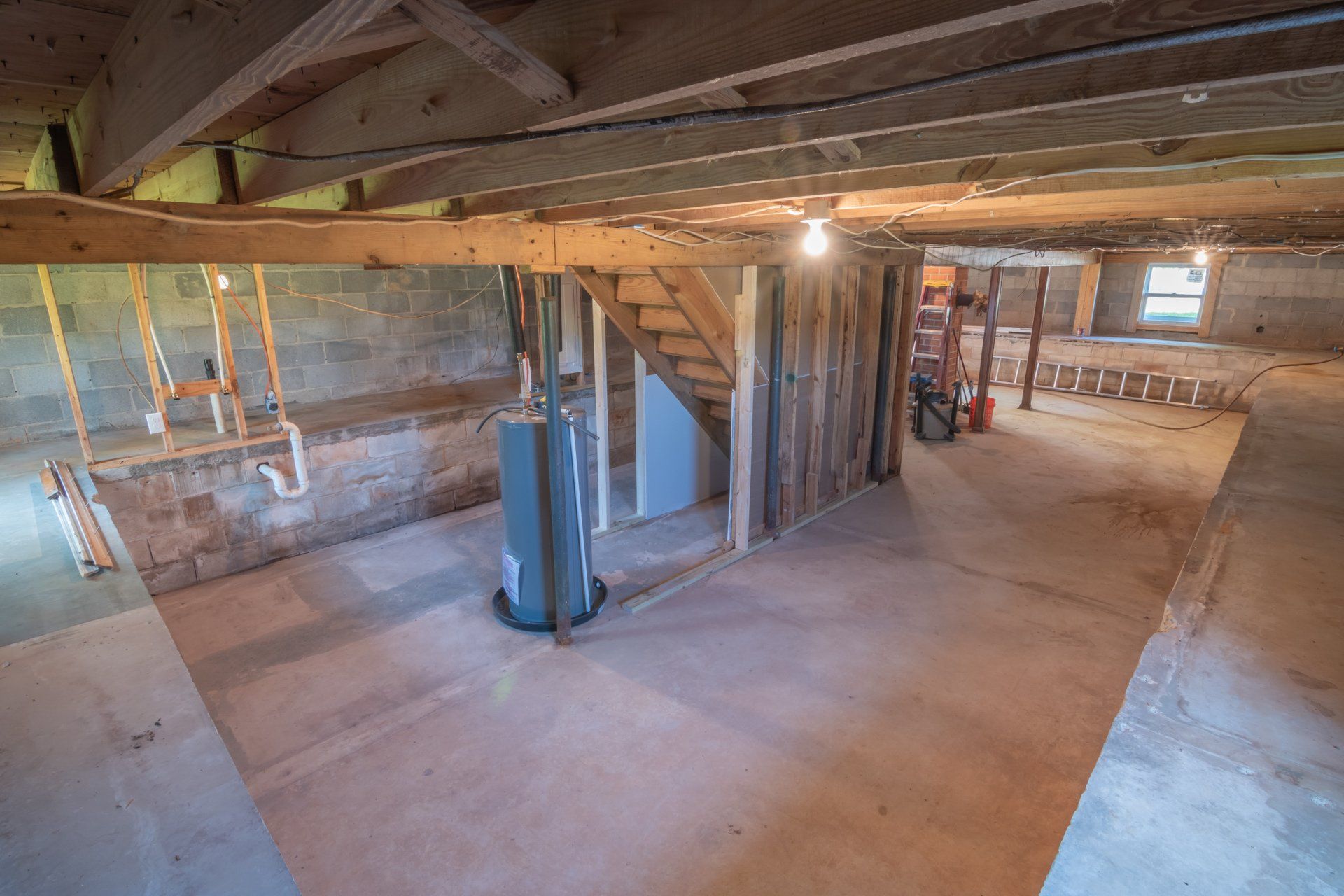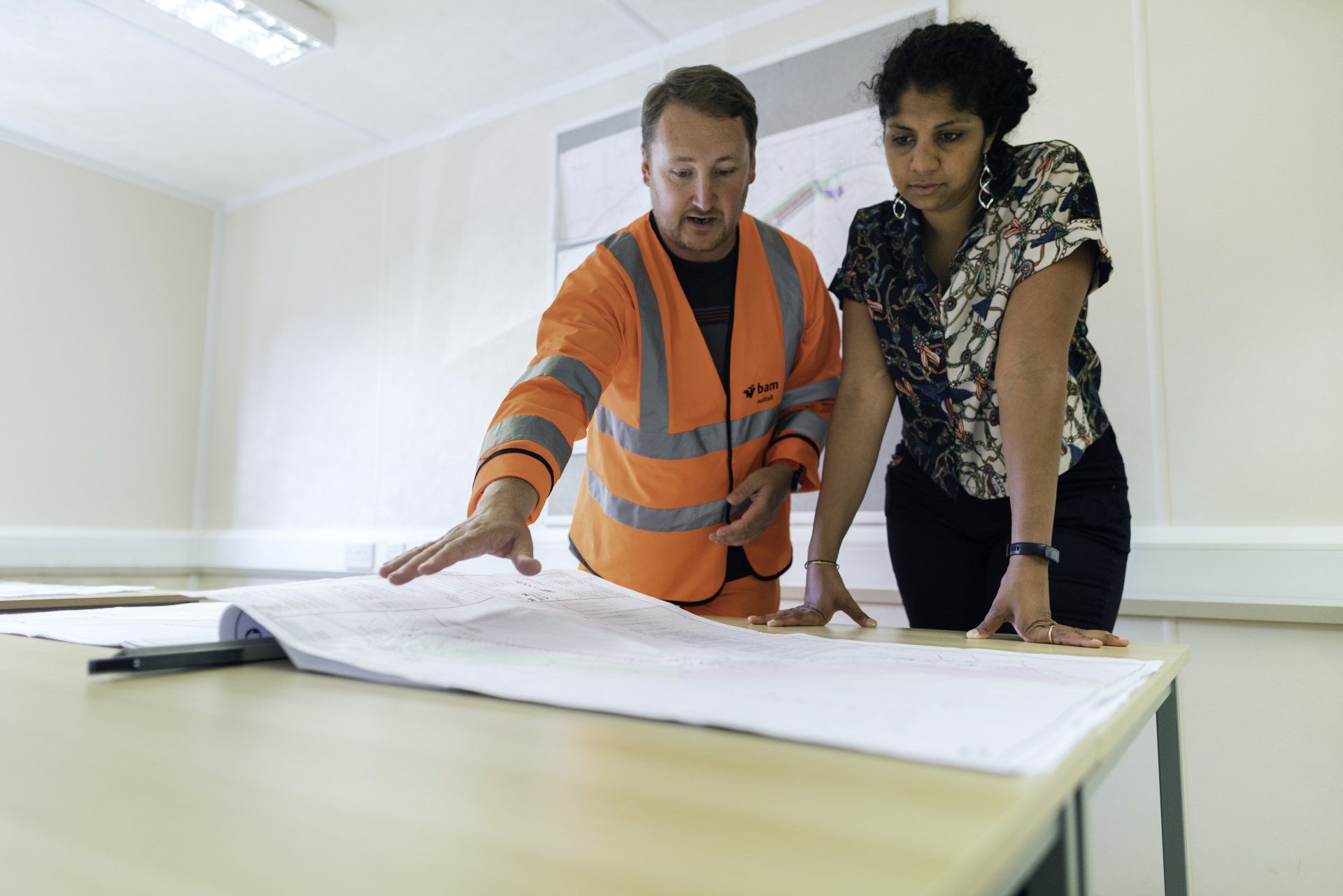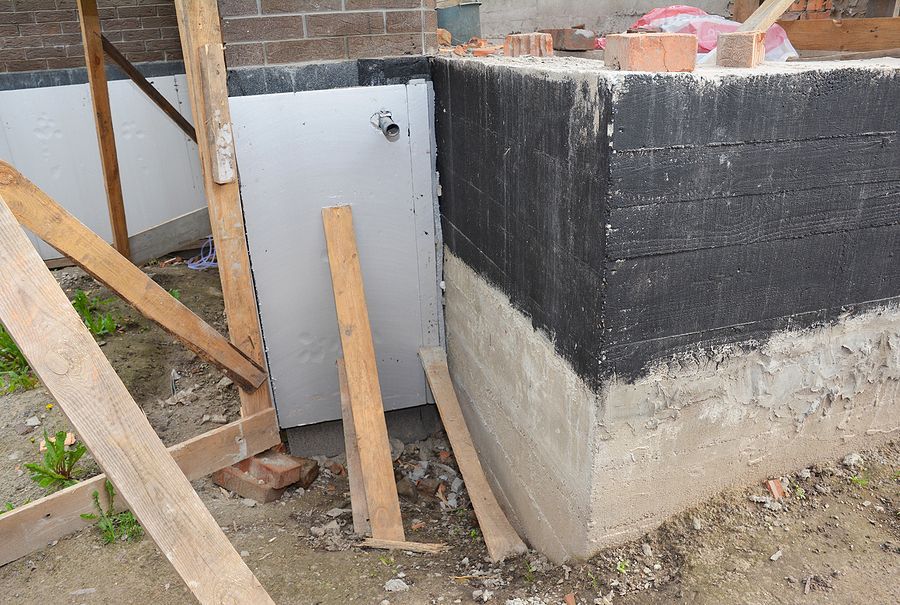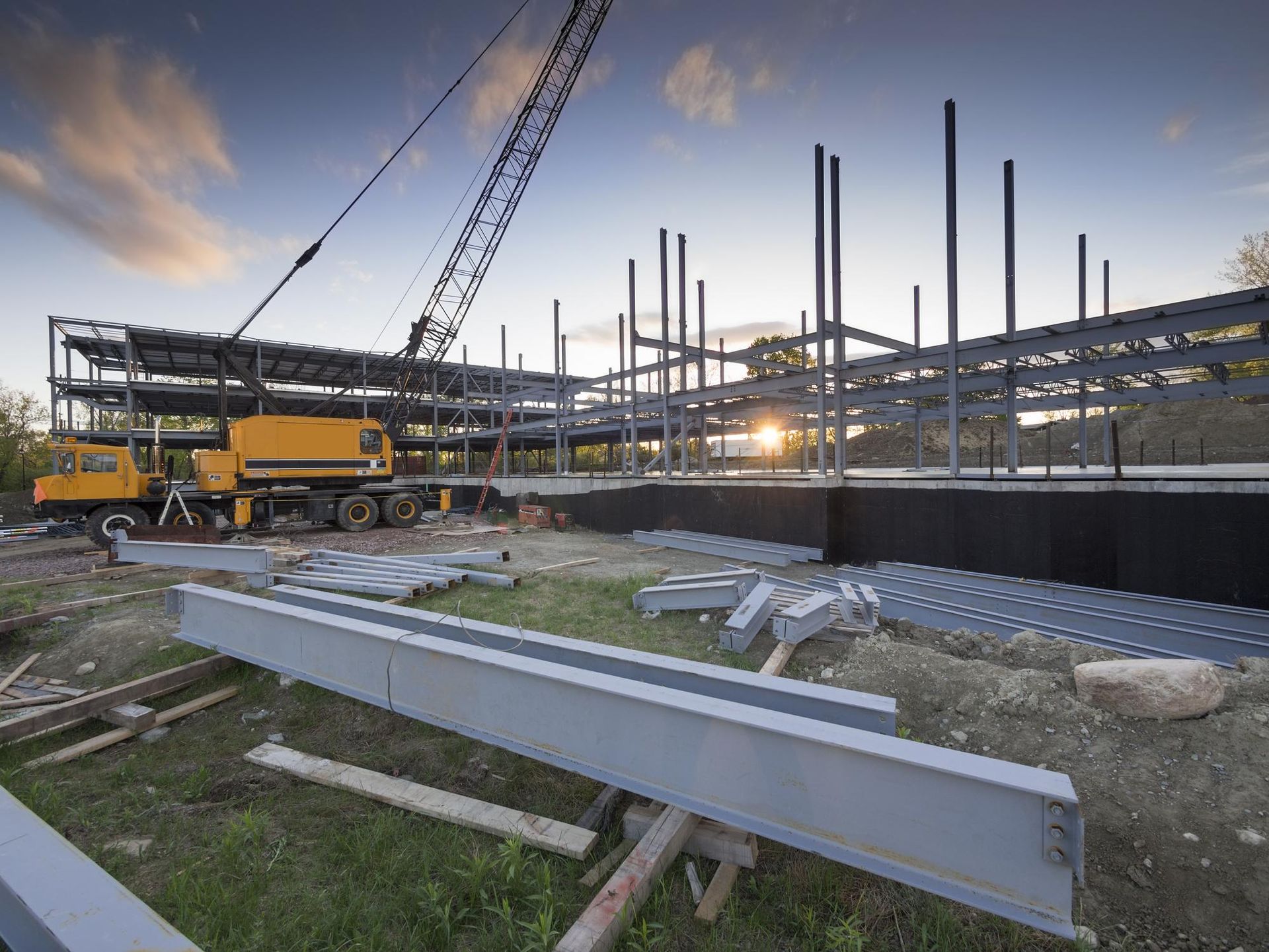The Impact of Soil on Pier and Beam Foundation Repair
"Navigating Soil Challenges: Strategies for Effective Pier and Beam Foundation Repair"
The foundation of any structure is a critical component that provides stability and support. In the case of pier and beam foundations, the interaction between the structural elements and the soil beneath plays a pivotal role in the long-term integrity of a building. Understanding the impact of soil conditions on pier and beam foundation repair is essential for homeowners and professionals alike. In this comprehensive guide, we will delve into the complexities of soil-related issues and how they influence the repair process. From concrete pier foundations to wood beam replacements, we'll explore the techniques and considerations that ensure the structural soundness of your home.
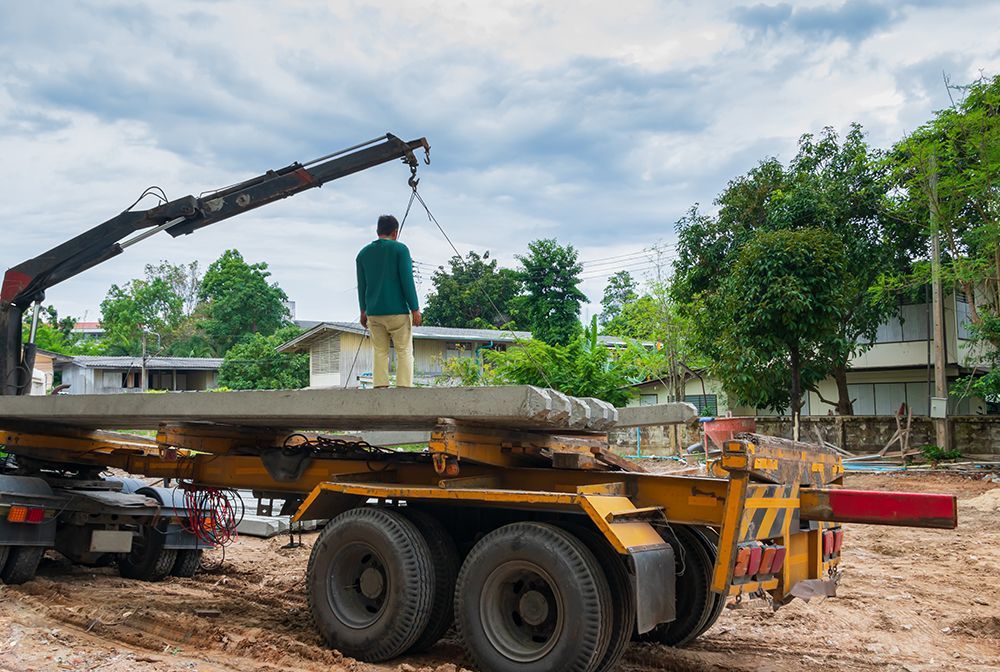
The Basics of Pier and Beam Foundations
Components of a Pier and Beam Foundation
A pier and beam foundation consists of concrete piers that support horizontal wood or steel beams. These beams, in turn, support the floor structure of the building.
Advantages of Pier and Beam Foundations
Pier and beam foundations offer several advantages, including ventilation, access to utilities, and the ability to adapt to uneven terrain. They are particularly common in regions with expansive clay soils.
Soil Conditions and Their Impact
Types of Soil
Different soil types have varying characteristics that can impact foundation stability. We'll explore common soil types and their effects on
pier and beam foundations.
Expansive Soils
Expansive soils, such as clay, can expand and contract with changes in moisture levels. This can lead to foundation movement and structural issues.
Poor Drainage
Inadequate drainage can lead to soil saturation, which can weaken the foundation's support beams and cause structural damage.
Common Pier and Beam Foundation Issues
Sagging Floors
One of the most noticeable signs of foundation problems is sagging or uneven floors. We'll discuss how soil conditions can contribute to this issue.
Rot and Decay
Soil moisture levels can impact the integrity of wood support beams. We'll explore how soil conditions can lead to rot and decay in structural beams.
Settlement and Shifting
Changes in soil moisture can cause the foundation to settle or shift. This can lead to cracks in walls and other structural problems.
Assessing Soil Conditions
Soil Testing
Soil testing is a crucial step in determining the soil's characteristics and its impact on the foundation. Professionals use various methods to assess soil conditions.
Moisture Levels
Monitoring soil moisture levels is essential for understanding how seasonal changes can affect the foundation. We'll discuss the importance of moisture management.
Pier and Beam Foundation Repair Techniques
Concrete Pier Foundation Repair
Concrete pier foundations can experience settling and cracking. We'll explore repair methods, including underpinning with additional concrete piers.
Support Beam Replacement
When wood beams deteriorate due to soil-related moisture issues, they may need replacement. We'll discuss the process of removing and replacing support beams.
Structural Wood Beam Repair
Repairing structural wood beams involves addressing issues such as rot, decay, and damage. We'll cover techniques for reinforcing and repairing these critical components.
Concrete Repair
Cracks and damage to concrete components can compromise the foundation's stability. We'll explore methods for concrete repair and restoration.
Preventative Measures and Maintenance
Proactive Soil Management
Proper soil management, including grading, drainage systems, and vegetation control, can help mitigate the impact of soil conditions on pier and beam foundations.
Crawl Space Encapsulation
Crawl space encapsulation can create a barrier between the soil and the foundation, reducing the potential for moisture-related issues.
Professional vs. DIY Repair
When to Seek Professional Help
While some minor repairs may be suitable for DIY enthusiasts, more extensive foundation issues should be addressed by
professionals. We'll discuss how to determine when professional intervention is necessary.
Conclusion
The soil conditions beneath your home are a fundamental factor in the stability and longevity of your pier and beam foundation. Understanding the impact of soil types, moisture levels, and drainage on your foundation is crucial for identifying and addressing issues promptly. Whether it's concrete pier foundation repair, support beam replacement, or wood beam restoration, proper diagnosis and repair techniques are essential for maintaining a structurally sound and safe home. By taking proactive measures and collaborating with experts when needed, you can ensure the long-term stability of your pier and beam foundation in the face of varying soil conditions.

